Windows Are Trembling at Sumy, Ukraine, but the Townsfolk, Not So Much
A veteran who lost a leg in combat begs his commanders to let him re-enter the fight.
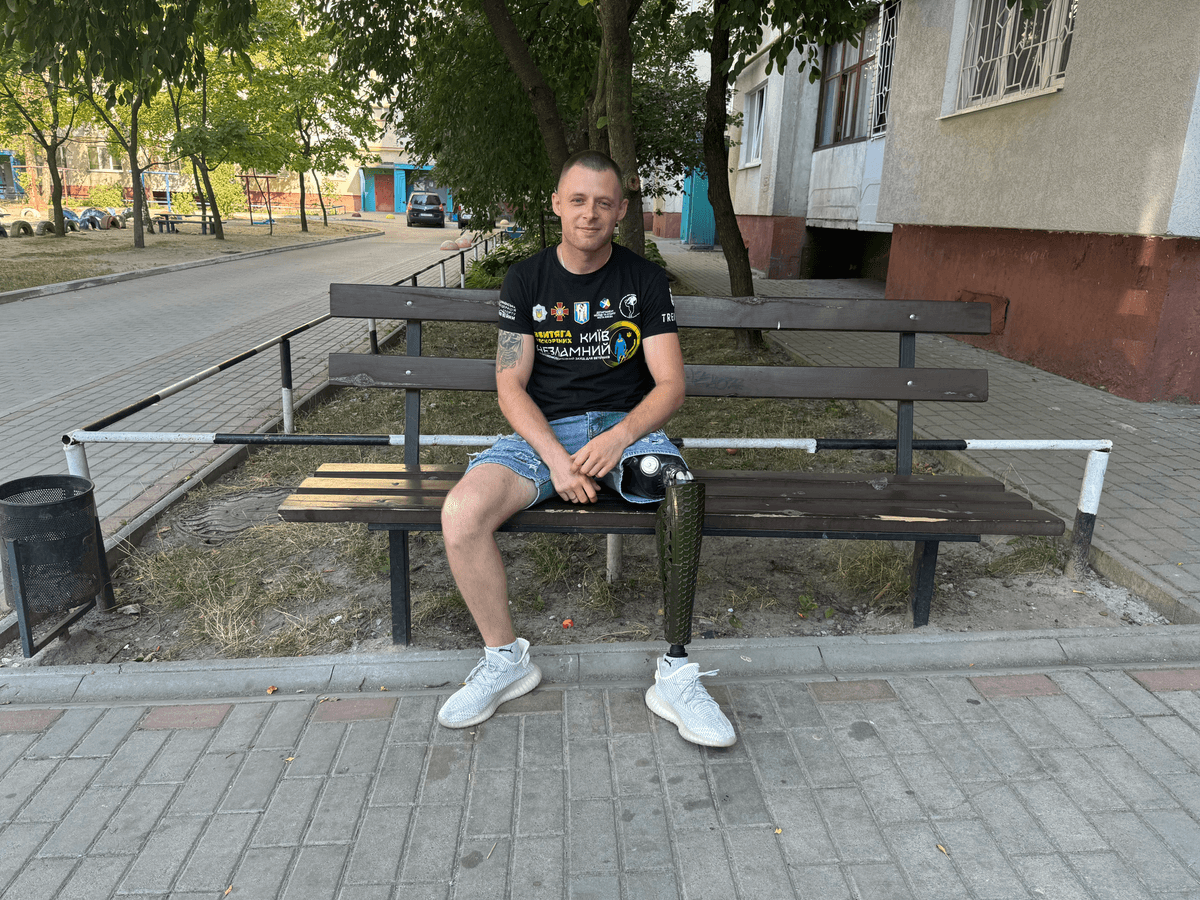
SUMY, Ukraine — Another glide bomb hits Sumy. The air raid alarm had gone off three times already, alerting its residents to take shelter, and it was not even noon. Some hide, while others continue their routine amid the noise.
The already-worrisome number of attacks in the Sumy region has increased since Ukraine’s incursion into Russia almost two weeks ago, Dmytro Trorsko tells the Sun. Mr. Trorsko is from Bilopillia, an almost entirely evacuated city about three miles from the Russian border. He and his wife and two young children moved to the city of Sumy, about 18 miles from the border, for better protection.
Ukraine’s President Zelensky said in his Sunday night address that Ukraine’s incursion into Kursk aims to create a “buffer zone” on enemy territory. It is the first time Mr. Zelensky stated the goal of the operation, which began on August 6 and has become the largest incursion into Russian territory since World War II. Ukrainian forces have, so far, captured hundreds of Russian prisoners of war and have seized about 400 square miles of Russian territory.
“It is now our primary task in defensive operations overall to destroy as much Russian war potential as possible and conduct maximum counteroffensive actions. This includes creating a buffer zone on the aggressor’s territory – our operation in the Kursk region,” Mr. Zelensky said.
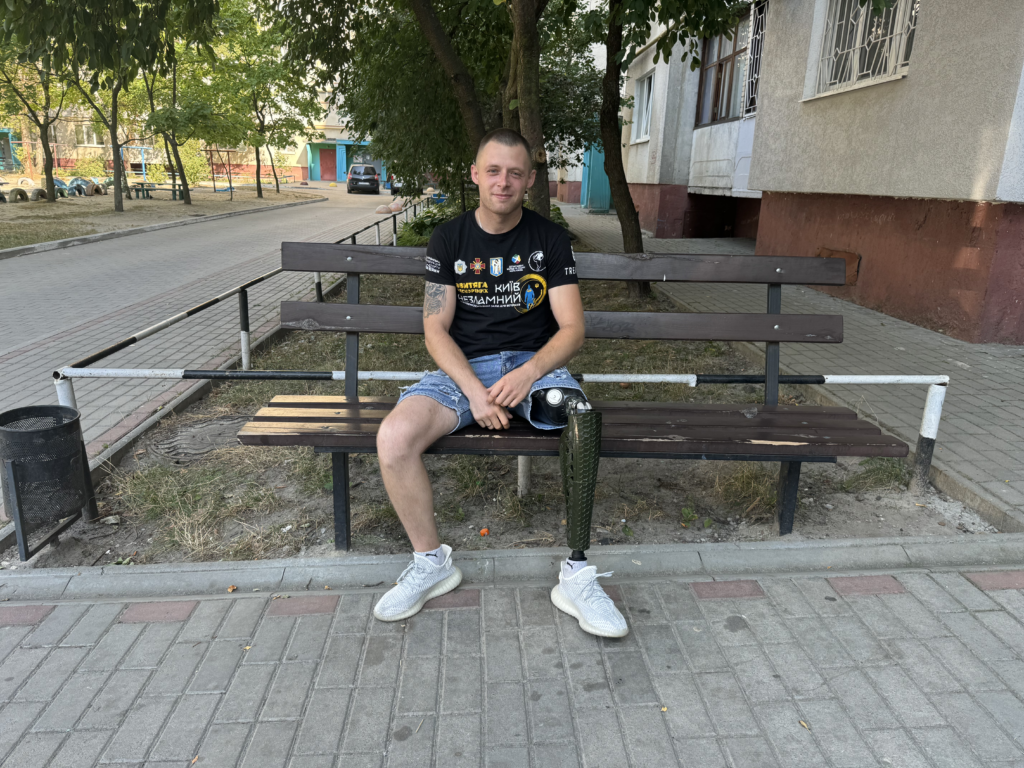
Following the incursion, residents in Sumy have become accustomed to seeing military personnel and army vehicles roaming the streets. Ukrainian trucks and tanks have a white triangle displayed on them, a symbol representing Ukraine’s incursion into Russia. The triangle is also used to identify their people from the enemy in the combat zone.
On Saturday, a Russian missile targeted a residential area in Sumy’s city center, hitting a parking lot, a shopping center, and five multi-story buildings. At least two people were injured, according to officials.
Despite the increase in the number of enemy attacks, Mr. Trorsko says there is general support in the community for the incursion. As a former member of Ukraine’s Armed Forces, he has been begging his commanders to let him join. Yet, after he lost his leg in combat, senior officials insist he must stay safe.
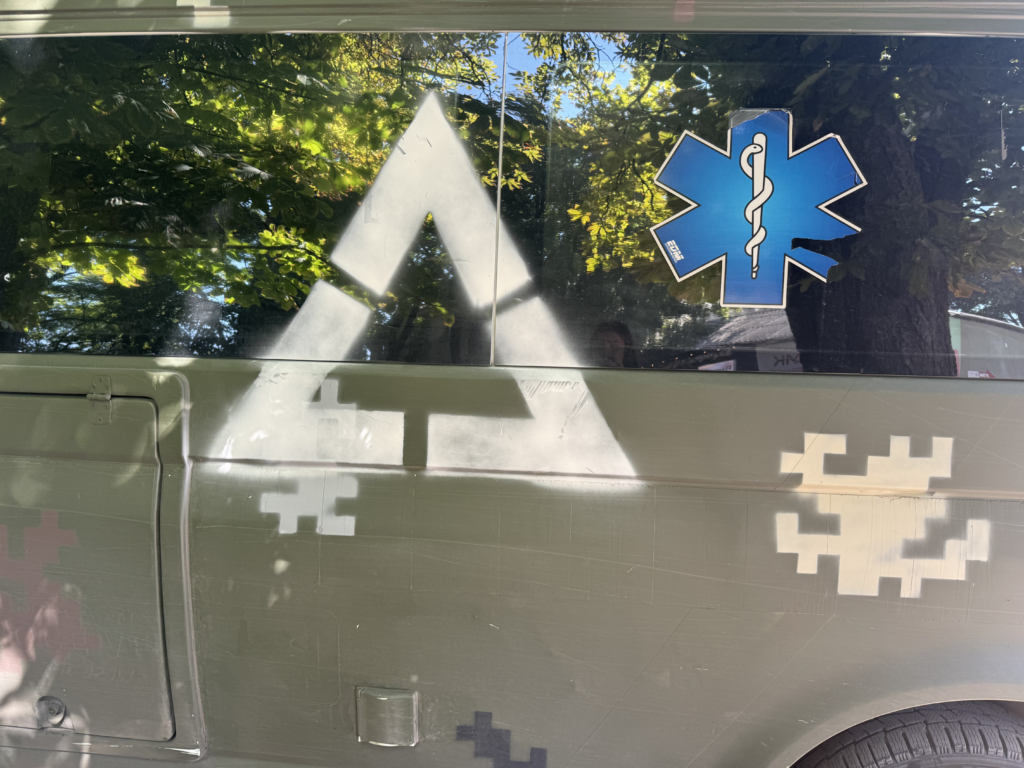
Ukrainian officials announced Sunday that they had destroyed a second key bridge in Kursk, making it harder for Russians to move troops and ammunition into the combat zone. The bridge crossed the Seym River near the village of Zvannoe in Kursk.
“Minus one bridge,” Ukrainian Lieutenant General Mykola Oleschuk said on his social media account with footage of the explosion of the bridge. “Ukrainian Air Force aviation continues to deprive the enemy of logistical capabilities with precision airstrikes, which significantly affects the course of hostilities,” he added.
While Kyiv forces continue to advance into enemy territory, Ukrainians on the other side of the border say they are not losing hope in their army as the sound of explosions becomes a new normal in their life.
“Life here makes me sad. It is loud, and I am worried, but I believe in the boys,” Olena, who owns a corner shop in Stetskivka, a village in Sumy that is 12 miles from the Russian border, tells the Sun.
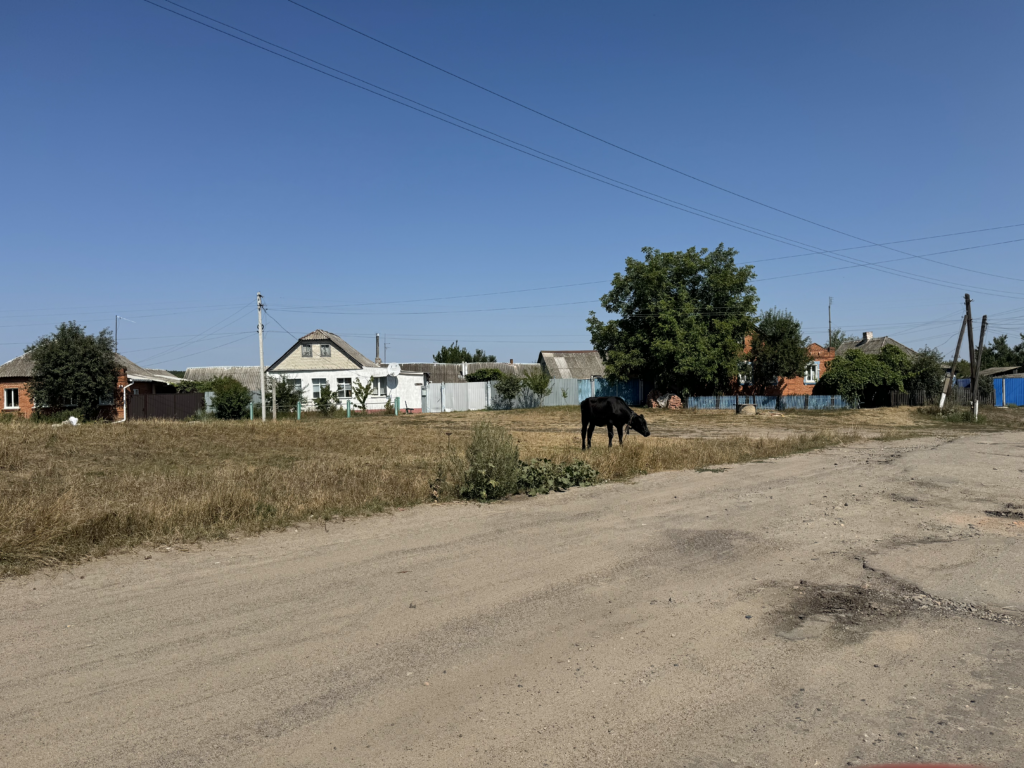
Since Aug. 6, shelling in the nearly-deserted village has gotten a lot worse, Olena says. She is originally from Kindrativka, a mile away from the Russian border. Due to the proximity of enemy forces, she relocated on Feb. 21, 2024.
“It’s impossible to forget the day you leave home,” she says. Olena can’t continue moving south, she adds, as she doesn’t have money for a second move and must provide for her daughters and grandchildren.
Ukraine’s incursion has triggered evacuations on both sides of the border. The mayor of Ukraine’s border city Bilopillia, Yurii Zarko, tells the Sun that although he has not imposed a centralized evacuation, people are evacuating themselves.
Shelling increased in April and May this year and then appeared to have slowed for the summer, Mr. Zarko says. Yet, after August 6, a new wave has come in. A Russian strike hit a car repair shop in Bilopillia on Sunday. The day before, they targeted an art venue.
“After a big shelling, more people are willing to leave,” Mr. Zarko says. Yet, he is confident that people will want to return to their homes when the situation improves.
The head of Sumy City military administration, Oleksii Drozdenko, told the Guardian that for the first seven months of the year, there were about 400 Russian strikes in the border areas. “But last week we had 200 strikes in only one week,” he said.
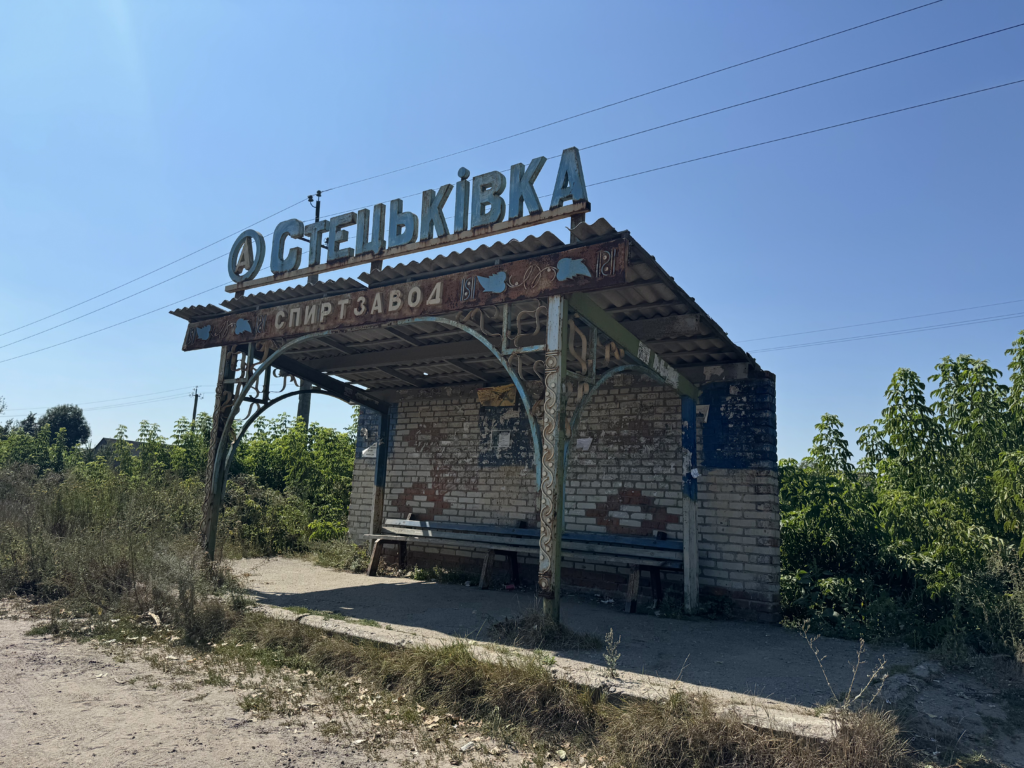
Yurii, another resident of Stetskivka, says his house was partly damaged by Russian shelling. A school and a factory, among other infrastructure, have also been targeted in the village in the past two weeks. Yet, as he walks carrying his bicycle under the scorching sun during an air alarm in the middle of the day, Yurii tells the Sun that people no longer hide from shelling.
Ukraine’s incursion into Russia might be good to derail enemy efforts in parts where Ukrainian troops are struggling, such as the eastern Donbas region, Yurii says, but only “time will tell.” He says with tears in his eyes that, for the moment, “we don’t have another option” than to stay strong.

